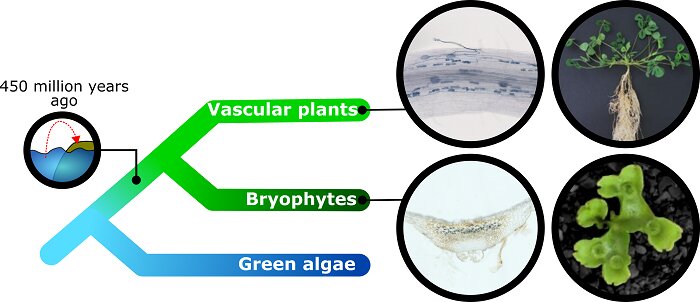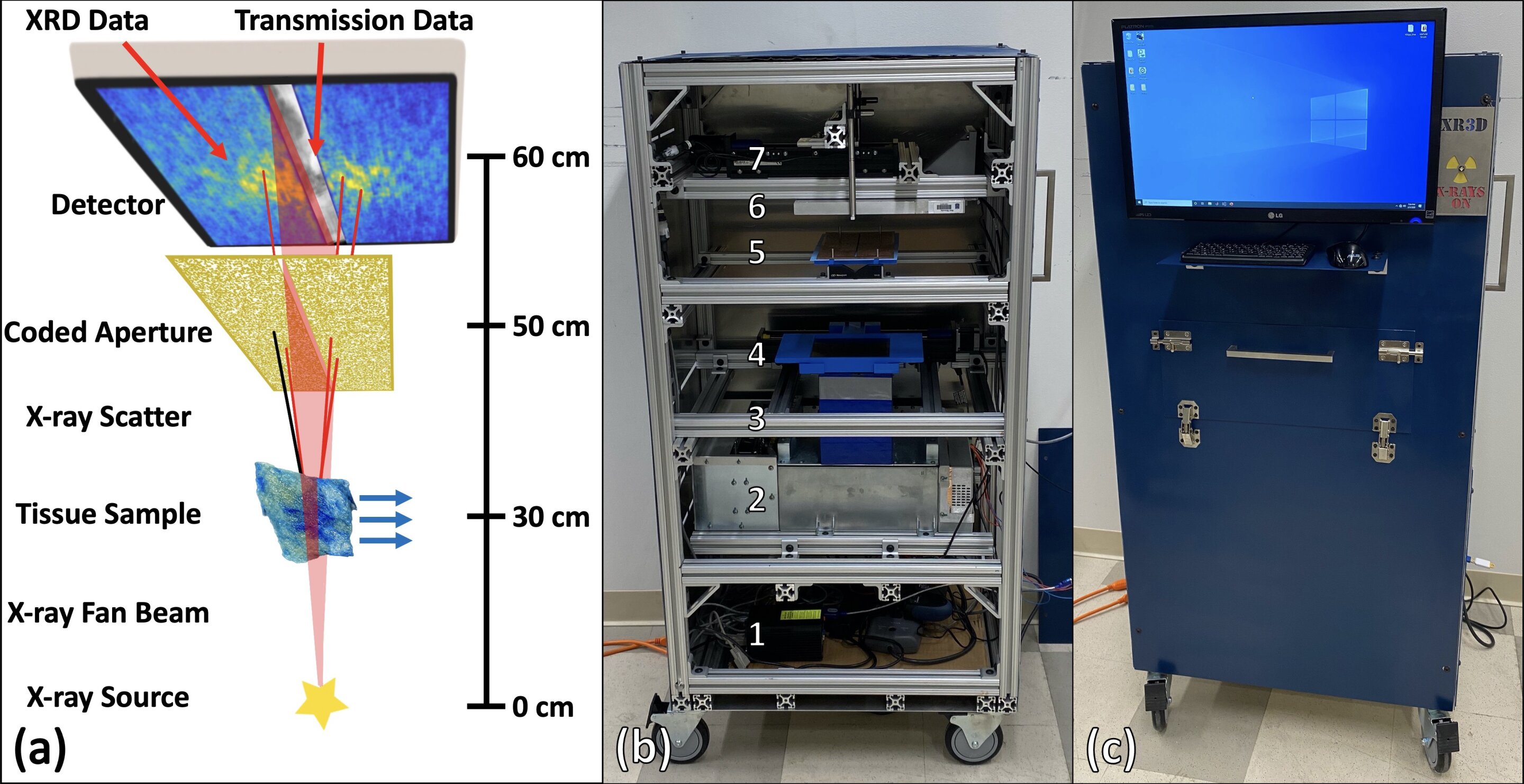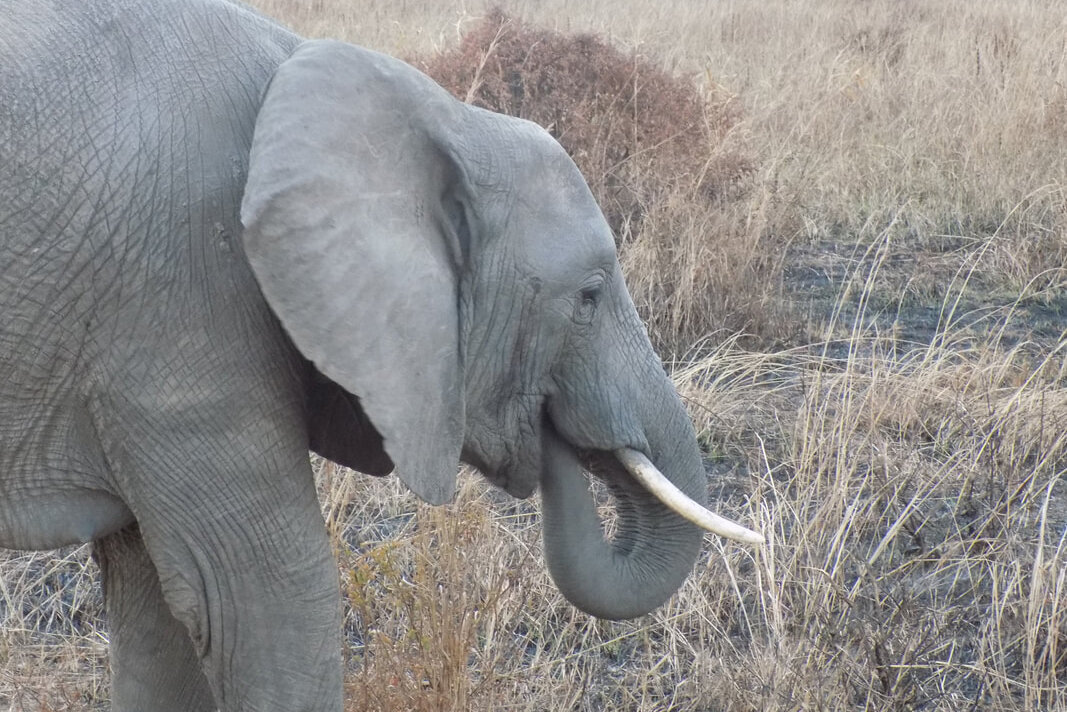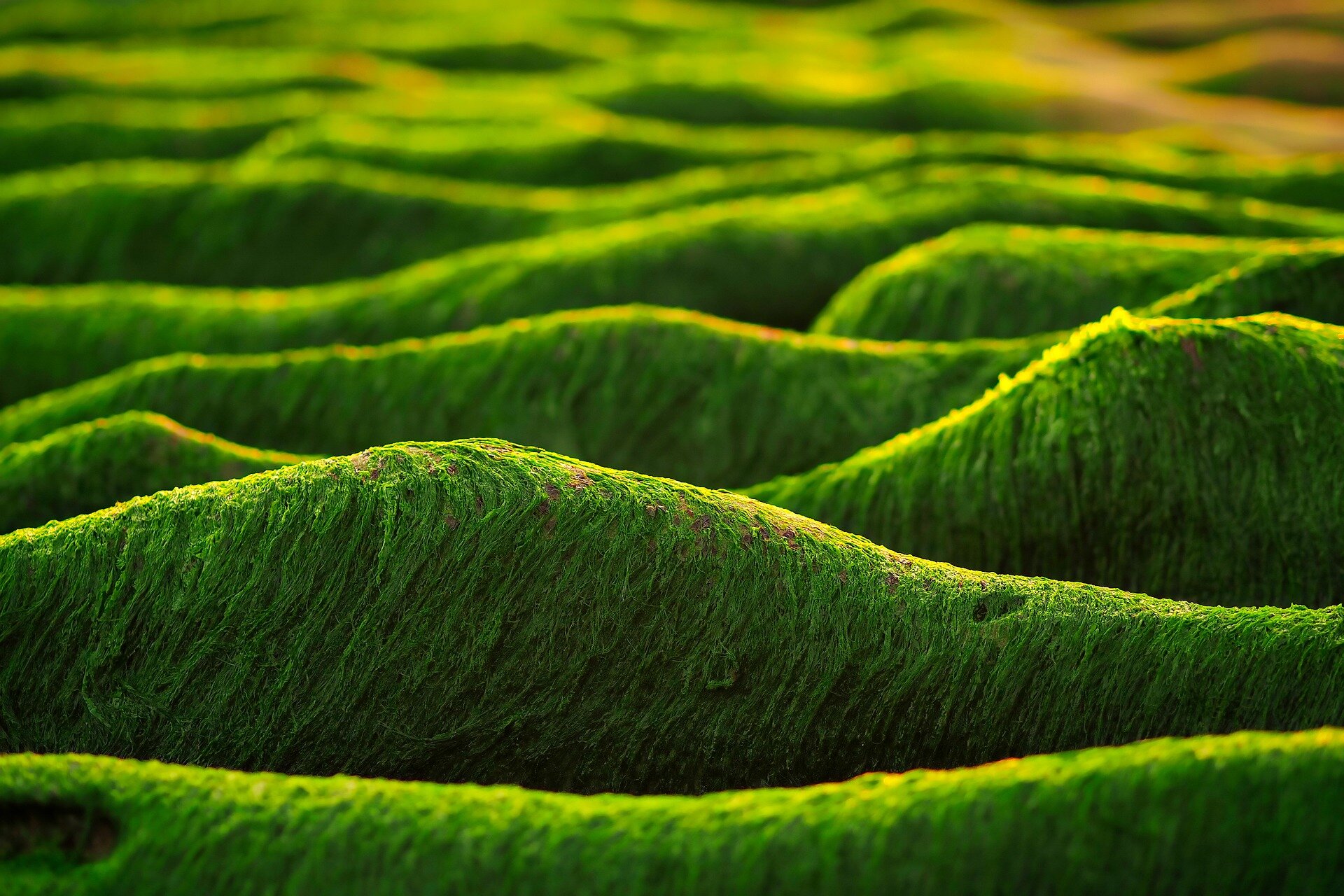#A plant-fungi partnership lies at the origin of terrestrial vegetation

“#A plant-fungi partnership lies at the origin of terrestrial vegetation”

450 million years ago, the first plants left aquatic life. Researchers from the CNRS and the Université de Toulouse III—Paul Sabatier, in collaboration with INRAE, have succeeded in demonstrating that this colonization of land by plants was made possible by a partnership between plants and fungi. Validating this 40-year-old hypothesis allows us to understand a stage that was crucial to the development of life on Earth. The study is published in Science on 21 May 2021.
About 450 million years ago, the first plants left the water to live on land. To do this, they had to adapt to the aridity of the land. In the 1980s, the study of fossils led to the hypothesis that a plant-fungus alliance may have been at the origin of plant vegetation. It has just been confirmed by an international research team led by French scientists.
To understand life in the past, researchers had to study present-day plants. These fall into one of two main categories: vascular plants with stems and roots, and non-vascular plants such as mosses, called bryophytes.
Most plants live in symbiosis with fungi, whereby the two organisms exchange resources in a mutually beneficial way. Previous studies have shown the existence of genes that are essential for the proper functioning of this symbiosis, particularly in vascular plants. Here, scientists focused on a bryophyte resembling a succulent plant (see image), for which such genes had not yet been studied: Marchantia paleacea.
By studying M. paleacea, they were able to demonstrate a lipid transfer between the plant and the fungus similar to that observed in vascular plants. By adapting the use of CRISPR, a molecular tool that allows DNA to be cleaved precisely, they were then able to modify a gene predicted as “symbiotic.” As in vascular plants, the interruption of lipid exchange between the plant and the fungus leads to symbiosis failure in the bryophyte.
The common ancestor of these two groups of plants, which colonized dry land, must therefore have exchanged lipids with the fungus, as do the plants of today. Thus, 450 million years later, one of the secrets of life’s first steps on land has finally been elucidated.
How three genes rule plant symbioses
M.K. Rich el al., Lipid exchanges drove the evolution of mutualism during plant terrestrialization, Science (2021). science.sciencemag.org/cgi/doi … 1126/science.abg0929
Plant lipids enticed fungi to mutualism, Science (2021). science.sciencemag.org/cgi/doi … 1126/science.abi8016
Citation:
A plant-fungi partnership lies at the origin of terrestrial vegetation (2021, May 20)
retrieved 20 May 2021
from https://phys.org/news/2021-05-plant-fungi-partnership-lies-terrestrial-vegetation.html
This document is subject to copyright. Apart from any fair dealing for the purpose of private study or research, no
part may be reproduced without the written permission. The content is provided for information purposes only.
If you liked the article, do not forget to share it with your friends. Follow us on Google News too, click on the star and choose us from your favorites.
For forums sites go to Forum.BuradaBiliyorum.Com
If you want to read more Like this articles, you can visit our Science category.




